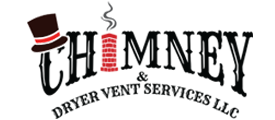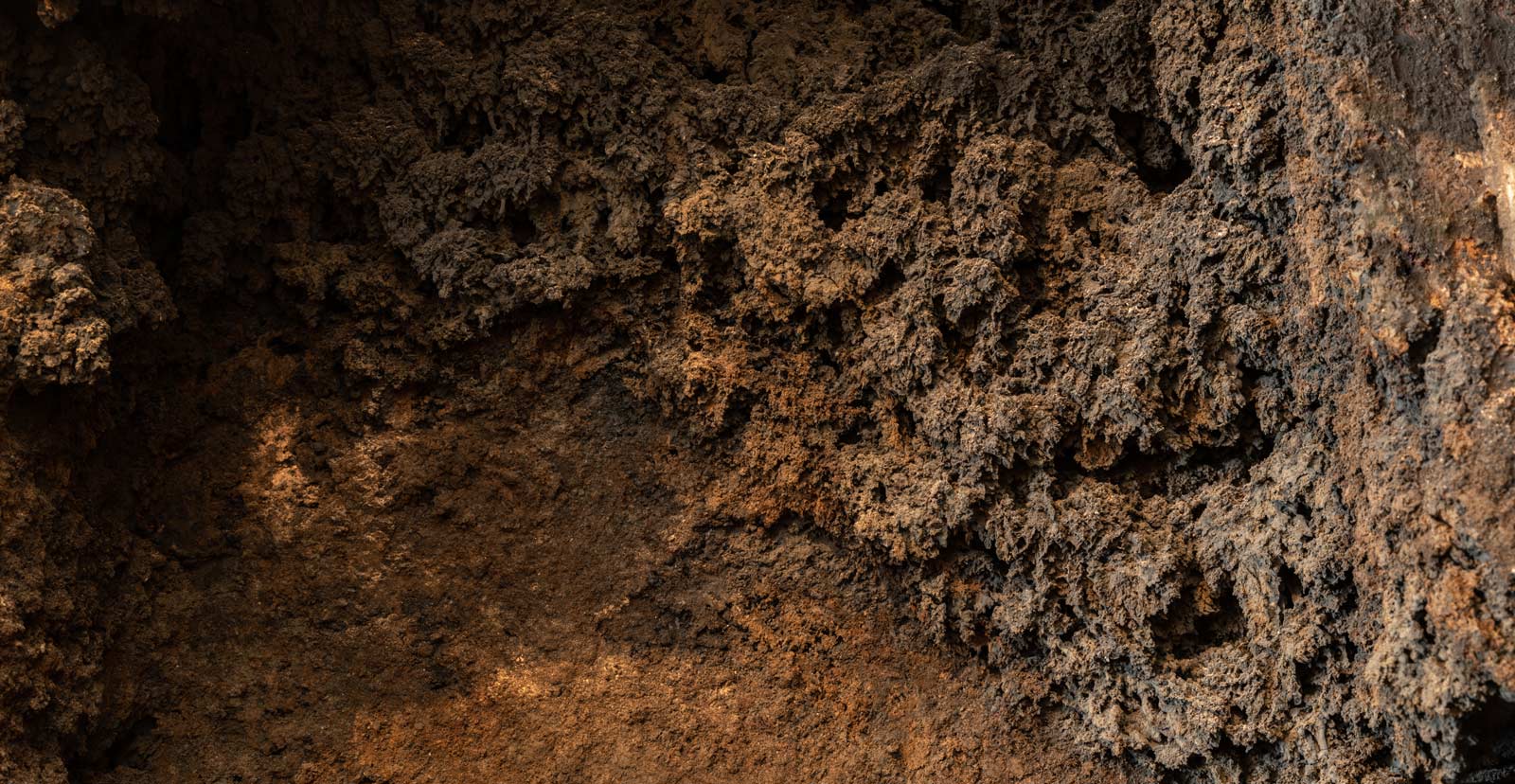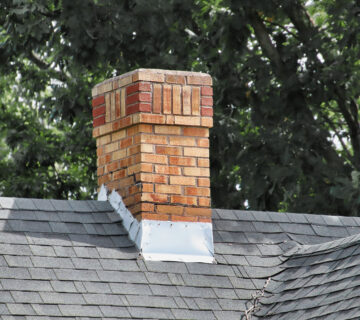A Cozy Fire Can Hide Serious Risks
What Exactly Is Creosote and Why Does It Form?
Creosote is the residue left behind when wood smoke cools and condenses along your chimney or wood stove walls. It tends to accumulate in layers, starting as a light, flaky dust. Over time, these layers can become thick, sticky, and incredibly combustible. Here’s a brief overview of its progression:
- Stage 1: A light, powdery coating that’s fairly easy to brush away.
- Stage 2: A thicker, tar-like substance beginning to restrict airflow.
- Stage 3: Dense, hardened layers posing a serious fire hazard.
- Glazed Creosote: A slick, shiny layer that ignites easily, requiring professional removal techniques.
One major culprit behind rapid creosote buildup is burning unseasoned wood. High moisture content forces fires to smolder at lower temperatures, which is perfect for producing excessive smoke. That smoke condenses on cold chimney walls and leaves behind more residue. Meanwhile, poor airflow or improper chimney design can also speed up accumulation.
Why Creosote Buildup Is Hazardous
1. Chimney Fires
The most obvious danger is fire. Because creosote is highly flammable, it can ignite whenever you burn a fire at a high temperature. Once a chimney fire starts, it can spread quickly, damaging the structure of your home, or worse.
2. Indoor Air Quality & Health Risks
When passages are blocked by creosote buildup, harmful fumes (like carbon monoxide) can seep into your living space. Prolonged exposure can lead to respiratory issues, allergies, headaches, and even life-threatening carbon monoxide poisoning.
3. Expensive Structural Damage
Creosote doesn’t just pose a fire risk; it’s also corrosive. Over time, it can degrade masonry, chimney liners, and other components, leading to expensive repairs.
To learn more about the broader risks tied to a neglected chimney, visit our post on The Dangers of a Dirty Chimney.
Subtle Signs Your Chimney Needs Attention
Although many homeowners notice problems only when a fire roars out of control, there are often earlier hints that something’s amiss. Keep an eye (and nose) out for:
- Persistent smoky or musty odors in or around the fireplace, especially during humid or rainy days.
- Visible tar-like residue when you look up through the fireplace or remove the fireplace screen.
- Difficulty starting a fire or keeping it lit a sign of restricted airflow.
- Excessive smoke exiting from the front of the fireplace instead of up the chimney flue.
If any of these symptoms sound familiar, don’t wait. Contact a professional chimney sweep to handle the issue before it becomes a bigger problem. You can request a professional inspection with us here.
Preventing Creosote Buildup: Practical Tips
1. Burn Seasoned Wood
Using properly seasoned hardwood such as oak, hickory, or maple dramatically cuts down on the unburned particles that form creosote. Ideally, wood should be dried for 6–12 months to reduce moisture content. If you’re curious about the best firewood for your setup, check out our resource on Choosing Firewood.
2. Maintain Adequate Airflow
A well-designed chimney and a properly installed chimney cap or wind shroud help ensure good airflow. Keep the damper fully open when you’re starting a fire, and only close it partially once the flames have stabilized (if your setup allows). This helps fires burn hotter and cleaner.
3. Schedule Annual Inspections & Sweeps
Experts, including the NFPA, recommend at least one professional chimney inspection per year even if you don’t use your fireplace often. If you rely on wood burning as a primary heat source, you might need more frequent cleanings, especially during peak season. Learn more about why inspections matter in our article on Why You Should Get Your Chimney Inspected.
4. Use High-Efficiency Fireplace Inserts or Gas Logs
Modern Fireplace Inserts and Gas Logs can produce fewer soot and creosote deposits than traditional wood-burning fireplaces. Not only are they cleaner, but they’re also easier to control. If you’re tired of the wood-chopping routine, consider upgrading for enhanced efficiency and reduced upkeep.
5. Watch for Off-Season Issues
Even in the summer, your chimney isn’t off the hook. Animals or debris can enter if you don’t have a quality Chimney Cap in place. Moisture from rain and humidity can also seep in, degrading brickwork over time. Maintaining Your Chimney During the Summers can help you avoid hidden damage that goes unnoticed until winter.
Chimney Safety at a Glance
| Action | Purpose | Optimal Frequency |
|---|---|---|
| Burn Seasoned, Low-Moisture Wood | Reduce creosote buildup and improve heat output | Year-round (whenever you burn wood) |
| Schedule an Annual Chimney Inspection | Detect hazards, blockages, or structural issues | At least once per year |
| Professional Chimney Sweeping | Remove built-up creosote to prevent fires | Annually (more if used heavily) |
| Use a Quality Chimney Cap | Keep debris, animals, and moisture out | Check/replace as needed |
| Upgrade to Gas Logs or Inserts | Minimize soot and creosote while boosting efficiency | As desired for cleaner, safer burning |
Extending Your Home’s Safety to Dryer Vents
Many people focus exclusively on their chimney while ignoring another prime fire hazard: dryer vents. Lint buildup in vents can become highly flammable, reducing your dryer’s efficiency and raising the risk of a dryer fire. According to the U.S. Fire Administration, clothes dryer fires cause around $35 million in property damage annually.
Our team at Chimney & Dryer Vent Services, LLC doesn’t just handle chimneys. We also provide thorough Dryer Vent Cleaning & Inspection to keep your appliances safe and your laundry routine efficient. Read our blog on Why Cleaning the Dryer Vents Is Important to learn more.
About Chimney & Dryer Vent Services, LLC
We’re not just another chimney sweep company, we’re your full-service home comfort and safety partner, operating out of Cumming, GA, and serving Alpharetta, Roswell, Marietta, Norcross, Johns Creek, Milton, Dawsonville, and the surrounding areas. With 0+ years of combined experience (and hundreds of projects completed), we take pride in delivering 100% customer satisfaction. Here are some of the services we offer:
- Chimney Sweeps & Inspections – Annual cleanings, safety checks, and detailed reporting.
- Chimney Caps, Rain Pans & Wind Shrouds – Custom solutions to prevent moisture and debris issues.
- Dryer Vent Cleaning & Inspection – Professionally removing lint and buildup to lower fire risks and boost efficiency.
- Fireplace Inserts – Sales, installation, and repair to modernize your living space.
- Gas Logs – Clean-burning, realistic options for an easier, more efficient fireplace experience.
- Stainless Steel Relines – Long-lasting liners to restore or enhance your chimney’s performance.
Our Standard Service Process
At Chimney & Dryer Vent Services, LLC, every project follows a simple, efficient workflow:
- Inspection & Consultation: We’ll evaluate your existing setup, chimney or dryer vent, and outline any issues or recommendations.
- Service & Installation: Whether you need a routine chimney sweep, a new chimney cap, or a gas log installations, our licensed team handles it with precision.
- Final Inspection: We’ll perform a final review to ensure all local codes are met, and your system is operating safely.
For visual examples of what chimney issues we can address, check out our Example Photos of Chimney Issues.
How to Get Started Today
If you suspect your chimney or dryer vent might be due for a cleaning, or if you just want peace of mind, contact Chimney & Dryer Vent Services, LLC. Call 678-709-6380 or request a free quote or appointment. We provide professional chimney and dryer vent cleaning services to help keep your home safe and efficient.
Key Takeaways
- Creosote forms naturally whenever wood is burned and can pose a serious fire hazard if allowed to accumulate.
- Regular inspections at least once a year, plus professional chimney sweeps help reduce creosote buildup significantly.
- Burn seasoned wood and ensure adequate ventilation to minimize creosote formation.
- Don’t neglect dryer vents lint buildup poses another fire risk that’s easily overlooked.
- Chimney & Dryer Vent Services, LLC is your local expert for everything from chimney caps to gas log installations and routine inspections.
Final Thoughts
A fireplace in your home isn’t just about warmth, it’s about peace of mind. By understanding how creosote forms and taking steps to prevent it, you can ensure your chimney remains a safe, functional focal point of your home. Whether you need a quick inspection, a thorough cleaning, or advanced services like Stainless Steel Relining, Chimney & Dryer Vent Services, LLC has the expertise to keep your home comfortable and worry-free.
References & Further Reading
- Chimney Safety Institute of America – Chimney Fires
- Dangers of a Dirty Chimney
- Maintaining Your Chimney During the Summers
- Why Cleaning the Dryer Vents Is Important
Disclaimer: The statistics cited in this article are based on data from public safety organizations and may vary depending on your specific fireplace setup, local conditions, and usage patterns.







